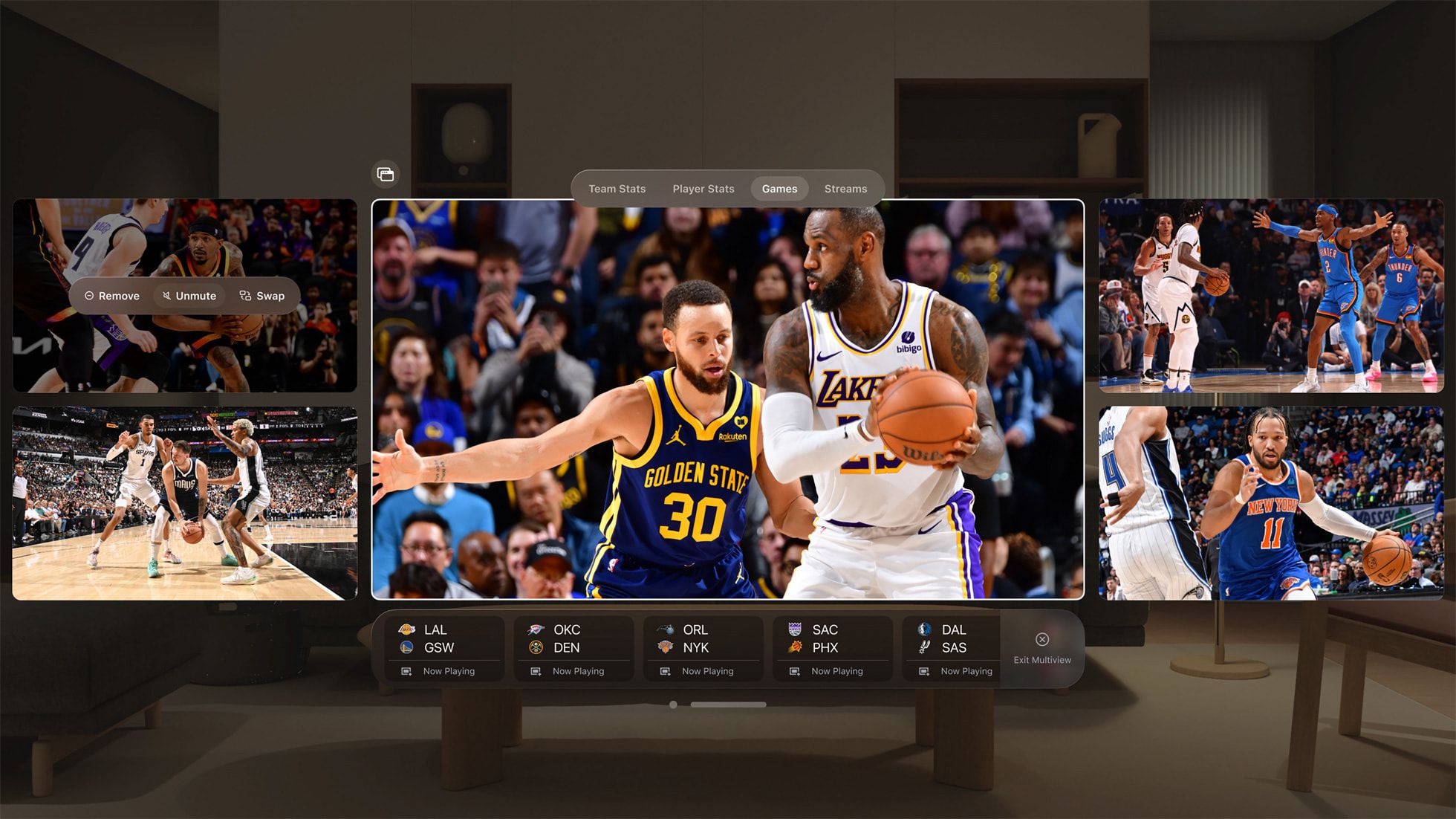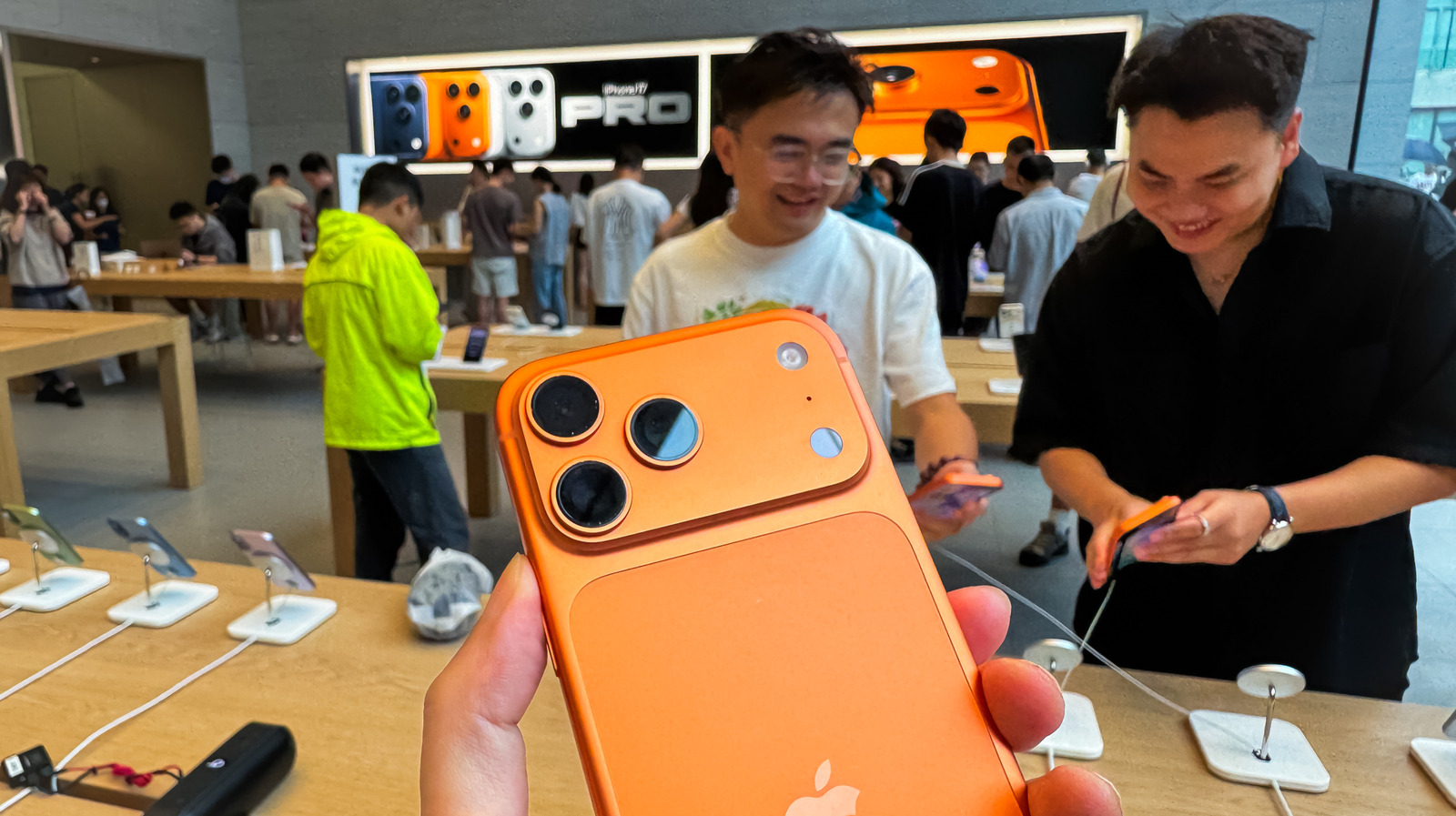The labs found different ways to encourage stem cells to grow into a structure that resembles a human embryo, for research purposes Copyright AFP/File AHMAD GHARABLI
An increasingly number of pathologies are linked with mitochondrial dysfunction, which can arise from either genetic defects affecting core mitochondrial components or malfunctioning pathways. To tackle this, a recent advance in drug discovery has been with mitochondrial cell therapies.
To discover more about progress in this field, spoke with Dr. Natalie YivgiOhana, CoFounder and CEO of Minovia Therapeutics, a biotechnology company focused on the development of these novel mitochondrial cell therapies.
YivgiOhana is a life science entrepreneur and has led the company since incorporation in 2012. YivgiOhana has twenty years’ experience in mitochondrial research and received her PhD in Biochemistry at The Hebrew University in 2007, after which she performed her postdoctoral fellowship at the Weizmann Institute of Science until 2010.
YivgiOhana founded Minovia with a passion to develop transformative therapies for children and adults with mitochondrial diseases worldwide.
: Can you tell us a little bit about Minovia and mitochondrial therapy?
Natalie YivgiOhana: Minovia Therapeutics is a biotechnology leader and innovator focused on the development of novel mitochondrial therapies. Our technology and novel mitochondrialbased therapy unlock a new frontier in medicine for treating agerelated diseases and longevity by restoring mitochondrial function, a key function that can lead to neurodegeneration, muscle weakness, metabolic disorders, anaemia, and immune system decline, among many other issues.
Our lead product is MNV201, a firstinclass cell therapy that uses Minovia’s proprietary Mitochondrial Augmentation Technology (MAT) to add healthy, energyproducing mitochondria into a patient’s own stem cells, aiming to restore organ function and improve overall patient health. MNV201 is currently under development in two programs: a Phase 2 clinical study in Pearson Syndrome, a rare pediatric disease; and a Phase 1b study in lowrisk Myelodysplastic Syndrome, also known as MDS, an agerelated blood disorder. Both have mitochondrial dysfunction at their core.
DJ: Why was it important for you to target mitochondrial dysfunction diseases like Pearson Syndrome and Myelodysplastic Syndrome?
YivgiOhana: We initially studied the effect of direct mitochondria injection into muscle with ischemic conditions in preclinical models, targeting critical limb ischemia as a first indication. Due to regulatory concerns from the direct injection of mitochondria, we eventually developed an exvivo cell therapy approach, where for MNV201, hematopoietic stem cells are collected from the patient’s blood, enriched with placental mitochondria and infused back into the patient’s blood stream.
We also decided to focus on rare genetic mitochondrial diseases to demonstrate safety and multiorgan improvement in an unmet medical need. We believed this would pave the path forward to treat other, more common diseases. So, our initial targets are Pearson’s Syndrome and Myelodysplastic Syndrome (MDS), with an accelerated regulatory path to approval with both being rare diseases, but we expect this therapy to play a large role in treating several diseases that feature mitochondrial dysfunction at their core.
In parallel to the therapeutic development, Minovia invested greatly in developing bloodbased biomarkers to identify patients who suffer mitochondrial dysfunction. The biomarkers were validated in Pearson and MDS patients and will next be used in elderly population before and after MAT treatment.
DJ: Can you talk about this therapy’s potential for longevity applications?
YivgiOhana: The preliminary safety and multisystemic effect of the therapy through our clinical programs led us to explore potential partnerships with longevity and regenerative medicine clinics aiming to reverse agerelated mitochondrial dysfunction.
Mitochondrial dysfunction is one of the major hallmarks of aging. As we age, mutations in the mitochondrial genome accumulate and mitochondrial function deteriorates. In a recent preclinical study in aging mice, following a single administration, our therapy demonstrated strong proof of concept for its potential in healthy aging and longevity applications. The study also showed mice demonstrating a “younger” kidney phenotype after one month through increased mitochondrial gene expression.
Preclinical models have also shown improved locomotor, walking, and mobility in aged mice, reversing agerelated decline and showcasing greater exploratory behavior and increased muscle function. In patients with primary genetic mitochondrial diseases, we demonstrated that a single MAT treatment can result in improved blood mitochondrial function, improved growth, muscle strength and cognitive function, restoration of kidney function and more. In a mouse model of MDS, MAT was shown to delay the progression of Acute Myeloid Leukemia and extend mice survival by four times. This study was conducted in the lab of Dr. Omar Abdel Wahab at Memorial Sloan Kettering Cancer Center.
This indicates that MAT can restore multisystemic function in mitochondrial diseases, including aging. Longevity and regenerative medicine represent a more than $1 trillion industry by some recent estimates, and our technology will be one of the first clinical sciencebacked mitochondrial transplantation therapies leading the space. We plan to pursue this longevity track alongside the clinical programs we are currently running.
DJ: Can you tell me more about your most recent clinical milestones and what they mean for the diseases you’re targeting?
YivgiOhana: Minovia’s lead candidate, MNV201, is in a Phase 2 clinical trial in Israel for Pearson Syndrome – a severe and often fatal mitochondrial disorder affecting the multiple organ systems, including bone marrow, kidney and pancreas – with four of six patients already dosed and preliminary safety and efficacy signals observed.The drug candidate has also already been granted Fast Track Designation for both Pearsons Syndrome and Myelodysplastic Syndrome, as well as Rare Pediatric Disease Designation for Pearsons Syndrome by the U.S. FDA. After years of interactions with the FDA on the path for approval for this rare and lethal disorder, the FDA indicated streamlined processes for the study design and primary endpoint, as well as other requirements for drug approval.
Both of these designations are critical milestones for Minovia, as they strongly validate the clinical approach for our science, while also acknowledging the urgent need for new treatment options for Pearson Syndrome. Importantly, these FDA designations help us to decrease the potential time to market and provide additional benefits across the FDA process that will prove both medically and financially valuable.
Additionally, our MNV101 and MNV201 drug candidates have been used in two separate compassionate use programs: MNV201 was administered for KearnsSayre Syndrome and Leigh Syndrome, where three patients were dosed. While analysis is ongoing, clinical improvement has been observed in two patients thus far and MNV101 was used for a 14yearold female patient who suffered from severe epilepsy and strokelike episodes. After four months of MAT, the episodes were completely resolved.
DJ: What’s next for Minovia in the next five years?
YivgiOhana: In the near future, we plan to expand into the U.S. market, opening clinical sites for both Pearson Syndrome and Myelodysplastic Syndrome, as well as conducting our pivotal study for Pearson Syndrome to approve the first ever mitochondrialbased therapy by the FDA.
In parallel to this diseasefocused track, we plan to partner with longevity and regenerative medicine clinics globally and deliver mitochondrial augmentation therapies in this fastgrowing industry.
To date, we’ve been incredibly excited by the results we’ve seen in the clinical programs with our technology, and we can’t wait to see it make a real difference for patients.








